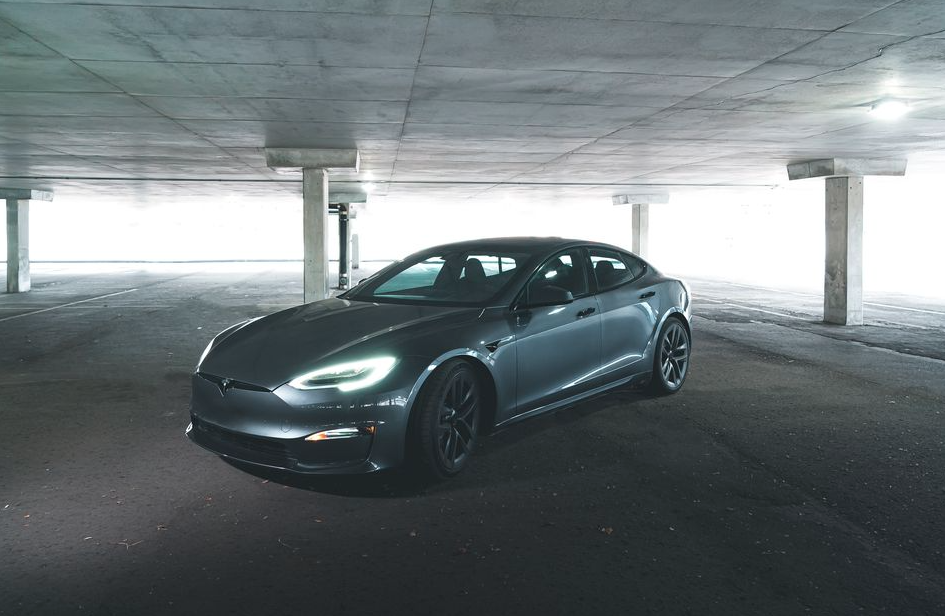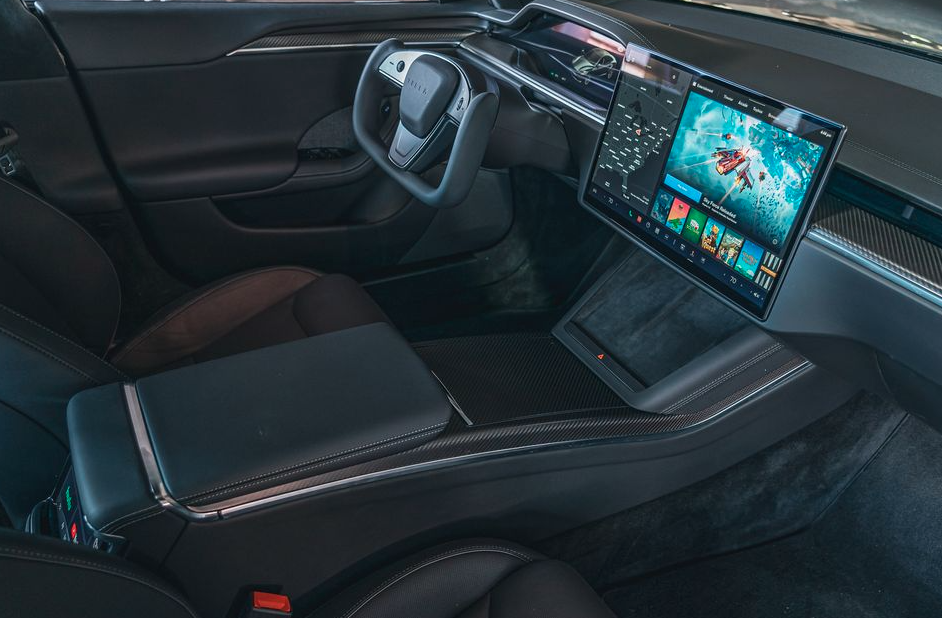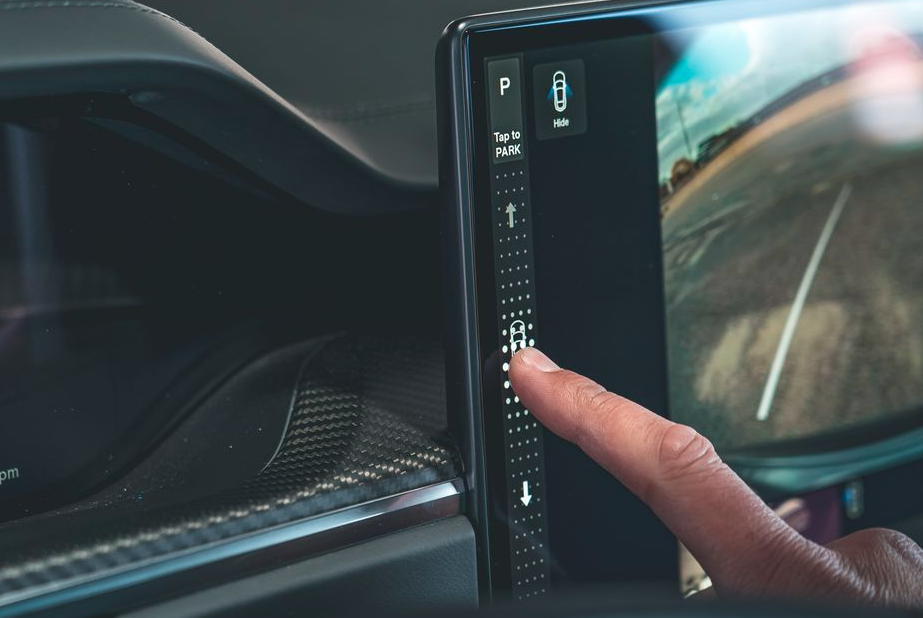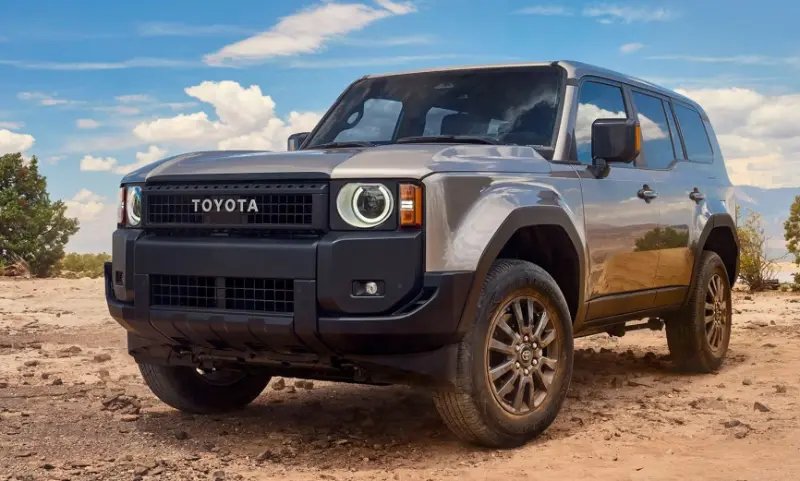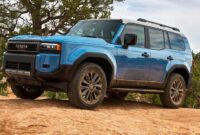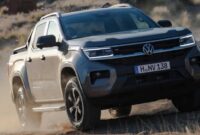The vehicle that ignited the EV revolution is beginning to age. The sedan-like hatchback remains competitive even though the 2025 Tesla Model S lags behind recently developed competitors with more extravagant amenities and longer driving distances. After all, a single charge of the Model S provides a range of up to 405 miles. Additionally, the 1020 horsepower, three-motor Plaid performance model accelerates from 0 to 60 mph in under 2.1 seconds, matching the acceleration of high-end hypercars.
The BMW X7 and Lucid Air, among other cutting-edge rivals, have largely eclipsed Tesla in terms of popularity. The Model S’s six-figure pricing simply doesn’t go with its mid-luxe interior, especially when compared to the opulent interiors of the Lucid and the BMW. Although we believe the strange yoke-style steering wheel on the Tesla detracts from the driving experience, at least a conventional wheel is once more an option. The 2025 Model S is still the company’s top model, giving customers access to the most recent software and Tesla’s cutting-edge, albeit somewhat dubious, AutoPilot hands-free driving option.
Read More: 2025 Tesla Model Y Interior, Range, Charging, Price
Tesla Model S Interior
Given that the Model S starts at over $100,000, it’s realistic for customers to anticipate some level of elegance within the vehicle. The interior is pleasant enough, but not nearly as sumptuous as some of our favorites, like the Volvo S90 and Mercedes-Benz E-class, which both cost much less. A neatly concealed rear liftgate that opens to reveal a massive 26-cubic-foot trunk is concealed by the Model S’s sloping roofline. Without folding the back seats, we were able to store eight of our carry-on-size cases. The interior’s meager small-item cubby storage, particularly in the back seat, is made up for by a sizable underfloor bin in the rear cargo area.
Read More: 2025 Tesla Model Y Price
2025 Tesla Model S Performance
No matter whatever version you choose, the Model S boasts full-time all-wheel drive thanks to dedicated electric motors for the front and rear axles. The various models’ acceleration varies greatly, sometimes astounding. Due to its quick power delivery, our 2020 Model S test vehicle produced a scorching 2.4-second sprint to 60 mph and proved to be incredibly enjoyable.
With a third electric motor, the Plaid version’s aggregate output is increased to 1020 horsepower, allowing it to accelerate from 0 to 60 mph in just 2.1 seconds. The base Tesla Model S has established itself as a nimble sports sedan with precise driving and well-controlled body movements. Drivers can pick between two distinct settings for heavy or mild steering effort, although neither one offers more feedback from the road. A standard steering wheel is an inexpensive alternative; the available yoke-style steering wheel, however, is poorly integrated and detracts from the driving experience. On the highway, it drives confidently and almost serenely thanks to its adept handling and comfortable ride.
Read More: 2025 Buick Encore GX Pricing & Release Date
Battery Life, Charging, and Range
A battery pack hidden beneath the 2025 Tesla Model S floor gives the vehicle a low center of gravity and evenly distributed weight from front to back. The standard version’s battery can provide a range of up to 405 miles, while the Plaid model’s battery can provide a range of up to 396 miles. The driving range and acceleration performance vary from model to model. The BMW i7’s 318-mile maximum range is by far the shortest, while the Lucid Air’s estimated 517-mile range is the current high-water mark.
2025 Tesla Model S Price
Starting at $94,990, the Tesla Model S price from 2025. That applies to the all-wheel drive standard model. The high-performance, three-motor Plaid model has a starting price of just around $115K.

